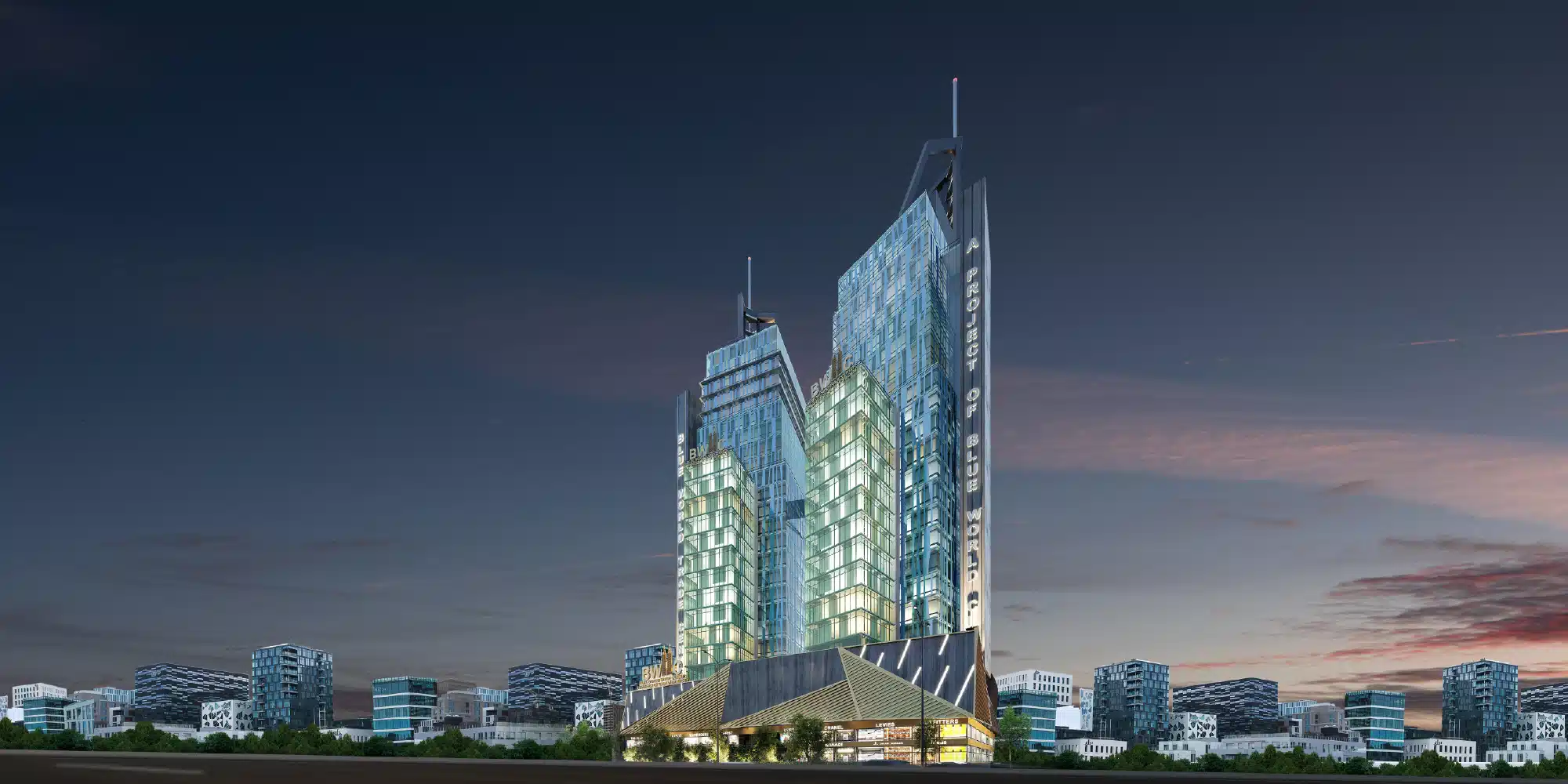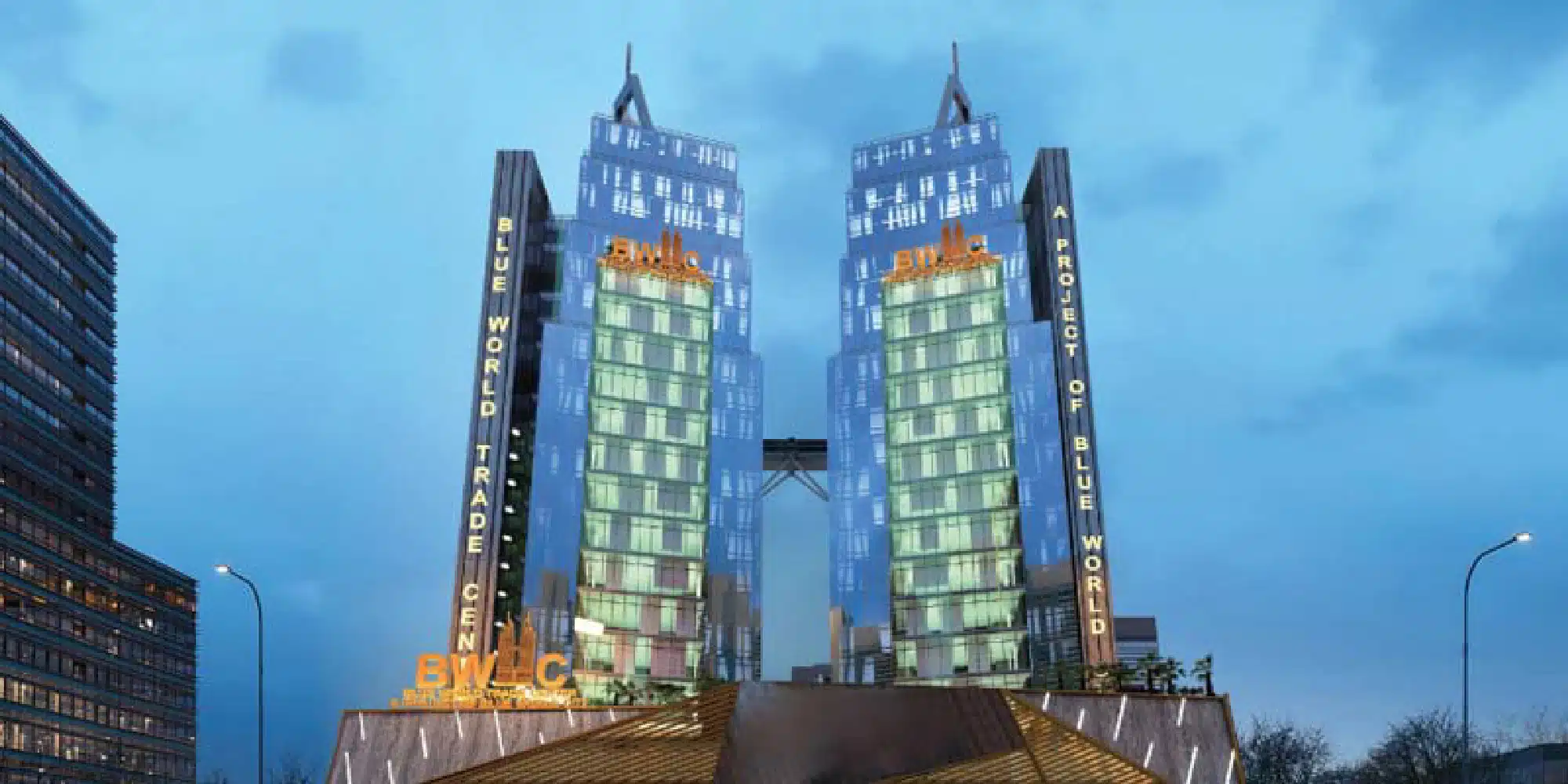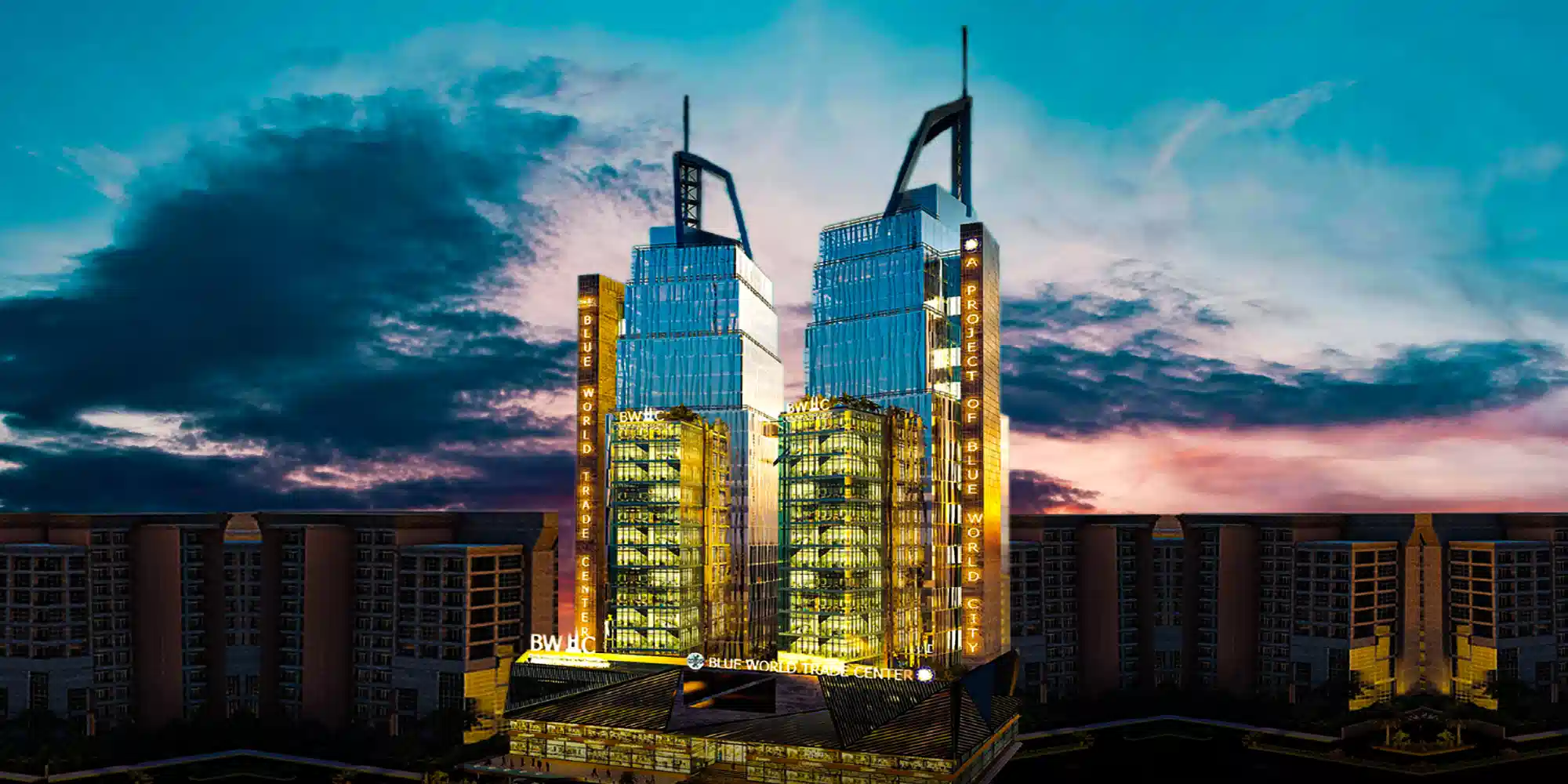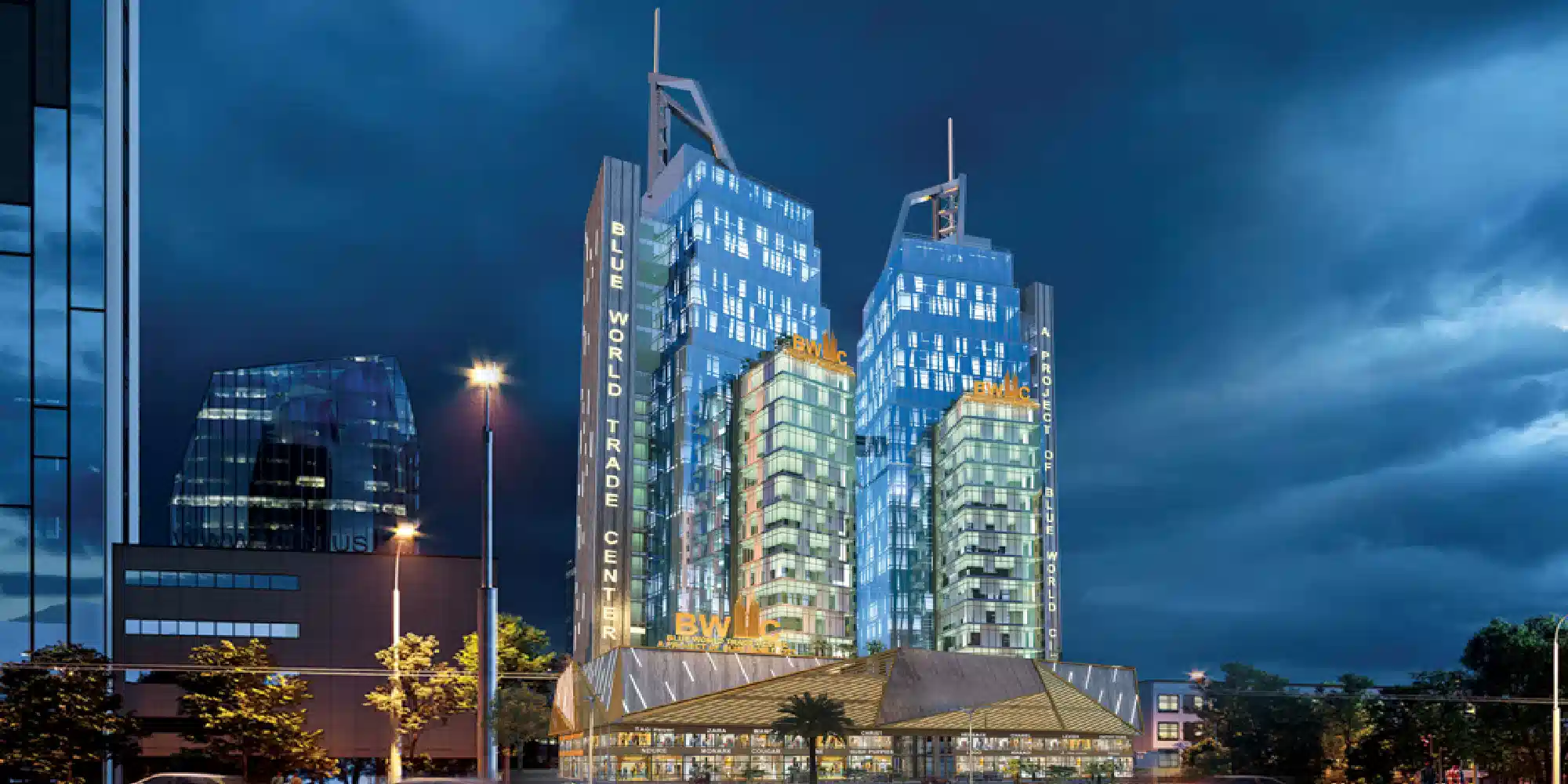Overview
The Rawalpindi Ring Road, also known as the Rawalpindi-Islamabad Ring Road, is a 38.3-kilometer circular roadway that connects the cities of Rawalpindi and Islamabad in Pakistan. Construction on the highway began in March 2022, and it is now under construction; when finished, the roadway will have six lanes. The ring road would run from the Channi Sher Alam Bridge in Rawat to the Thalian interchange near the Lahore-Islamabad Motorway.
The project was first suggested in 1991, during the government of Nawaz Sharif, but it was never realized owing to political turbulence. During Shahbaz Sharif’s visit to China as Chief Minister of Punjab in 2010, Pakistani and Chinese officials discussed the project in order to obtain finance. In 2017, the proposal was detailed again to the Asian Development Bank in order to receive finance.
Rawalpindi-Islamabad Ring Road
Rawalpindi Ring Road is a highway designed for the twin cities, in order to maximize connectivity for those living in outlying societies. It is 65.3 kilometers long and has three lanes on either side. It is intended to include eight interchanges with four service stations, two on each side.
Following the success of the Lahore Ring Road, the development of the Rawalpindi Ring Road has been highly awaited since the concept’s inception. What exactly is Rawalpindi Ring Road? What is the ultimate path? When will the building start? What exactly is the Ring Road Scandal? This page provides an overview of the project and attempts to address all of your concerns!
In a recent news conference, CM Punjab, Mr. Usman Buzdar, stated that the Ring Road project, along with other key projects like as the Nala Lai Expressway and the Waqar-un-Nisa Women University, had been authorized. He stated that the people of Rawalpindi have trusted Prime Minister Imran Khan and that their faith is essential to the state. He said that these initiatives will be game-changers for the citizens of the Twin Cities.
Development Update
The development of the ring road has come to a cessation due to the non-provision of funds. The Capital Development Authority is not provided with the required budget to proceed with the construction.
The recent political instability in Pakistan has had a great impact on the real estate industry, which is why the project’s construction will suffer.
Tariq Mehmood Murtaza, Chairman of Rawalpindi Development Authority (RDA), performed the ribbon-cutting event on April 11, 2022. Frontier Works Organization (FWO) was also working on the development of Ring Road Rawalpindi under the supervision of the Rawalpindi Development Authority.
The 38.3 km long main carriageway from Baanth (N-5) to Thallian (M-2) under the Rawalpindi Ring Road project is projected to be finished in two years if development work had progressed as planned.
RRR is a mega project and the estimated cost of the construction will exceed due to the delay. RDA has pledged to grant FWO Rupees. 22.8 billion to complete this project. The project would cost Rupees. 33694.43 million, including a land acquisition cost of Rupees 6724.73 million and a construction cost of Rupees 26969.70 million.
Need for a Ring Road
Rawalpindi Ring Road will be a game changer for the twin cities. It will create an economic corridor, making transit between the two cities more convenient. By avoiding busy areas of the city, one may easily save time on travel. The Rawalpindi Development Authority’s ambition of a ring road since 1997 is now coming true.
It will facilitate the urbanization of Rawalpindi’s south and southwest regions in particular. Furthermore, it would allow passengers to traverse Rawalpindi when passing through cities on the Grand Trunk Road (GT), allowing them to bypass busy and congested locations including market centers and commercial centers such as Saddar or Roadside Mandis.
Furthermore, traffic from Hazara and Gilgit-Baltistan would connect the ring road immediately from the Hazara side. All heavy-duty trucks would be barred from entering Islamabad and would be forced to utilize the ring road as an alternative route.
Route of Rawalpindi Ring Road
The Ring Road route is intended to begin in Rawalpindi’s Rawat neighborhood and link to Adiala Road near to Radio Pakistan by a road that runs from the backside of Bahria Town Phase 8. The Ring Road continues all the way to the Sangjani intersection, with about 8 interchanges in between. It also crosses the Islamabad-Lahore and Islamabad-Peshawar highways.
This will provide faster access to the highway.
Interchanges on the Rawalpindi Ring Road
- N-5 Radio Pakistan
- Chakbeli Interchange
- Adiyala Road
- M-2 Murat (at M-2 Motorway)
- Hakla - D.I. Khan
- N-5 Sangjani
Advantages of Rawalpindi Ring Road to Investors
Ring Road to Knock the Real-Estate Sector
Furthermore, the Ring Road will cause a rise in the value of houses in its neighborhood. There are a number of residential societies that are placed near the Islamabad interchange on the highway, yet are regarded as “too distant”. The Ring Road would make the main cities of Islamabad and Rawalpindi more accessible. The Ring Road will allow tourists entering Islamabad through the highway to commute straight to their destination. DHA Islamabad, Bahria Town Islamabad, Rawat, and other areas would be only a twenty-minute drive away.
Many growing housing societies may be found in Chakri. The Rawalpindi Ring Road will benefit all of the new housing developments around the Chakri junction. This neighborhood would have an advantage over other residential areas due to its proximity to the New Islamabad International Airport and greater connection to Islamabad and Rawalpindi.
List of Housing Societies that will benefit from Ring Road
- Rudn Enclave
- Blue World City
- Capital Smart City
- Bahria Phase 8 Ext
- Kingdom Valley
- Royal Farm Houses
- Gulberg Greens
- Al-Haram City
- Al-Mairaj City
Conclusion
When completed, the Ring Road will have a somewhat good influence on Pakistan’s real estate economy. The project’s influence on real estate is positive since home prices are rising.
Property purchasing and selling in nearby communities may grow as a result of the project’s improved transit, safety, and development prospects.
Ring Road Rawalpindi is now available to investors seeking high profits and profitable investment options in residential and commercial regions.
The government and other relevant organizations are working tirelessly to accomplish this major development project. In addition, the Ring Road is renewing real estate-related economic activity in order to attract investments and generate new employment.
For more information visit Makkaan.com and contact us at UAN: 03311111049.













